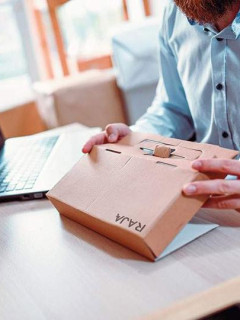Copacking” consists of grouping together different products before distributing them on the market. For those working in the e-commerce sector, for example, this is a commonly used technique. So how do you go about it as a packager? Are there simple solutions to automate the process within your supply chain? We explore this in this article.
1. What is copacking?
Copacking is a packaging technique based on grouping together different items of the same or different sizes. The idea is to use “secondary packaging” that protects the items better and makes them easier to ship or sell.
This technique is widely used in sectors such as food, cosmetics and parapharmacy. It allows you to package several identical units (for example, two boxes of biscuits) or complementary units (for example, sun cream and after-sun lotion) in a single batch. You can use it for promotional purposes as well as for launching limited editions, wrapping gifts or shipping e-commerce products.
Copacking can give your brand a distinct advantage over the competition, particularly in the following situations:
- Marketing campaigns where you charge a lower price for bundled packages; or where you emphasise the “exclusivity” argument.
- E-commerce bundles: you can group together products from the same range to boost online sales.
- Prominent placement on shelves: larger, more distinctive packaging attracts more attention from consumers.
- Packaging units for large customers, who make large or bulk purchases.
2. What are the most popular solutions for copacking?
In practice, copacking can be applied in a variety of ways. Below, we have put together some of the most commonly used solutions.
- Shrink wrapping Shrink wrapping: this involves wrapping products in shrink film. You then use a hot air gun or a thermofilm machine to shrink the film around the products. This creates a snug-fitting protective layer .
- Sleeves This involves using foam, paper or cardboard to create a secondary packaging for the product. These sleeves are often very stretchy and can be easily wrapped around the product. They are particularly practical for bottles and other round objects .
- Presentation boxes Copacking: placing products together in a box for better presentation. This type of copacking is very common in the cosmetics sector, or for those who sell seasonal items (at Christmas, Valentine’s Day, Easter, etc.). In this case, it’s best to opt for a more original box, for example with a grooved corrugated cardboard exterior and/or a transparent plastic window. It’s always a hit!
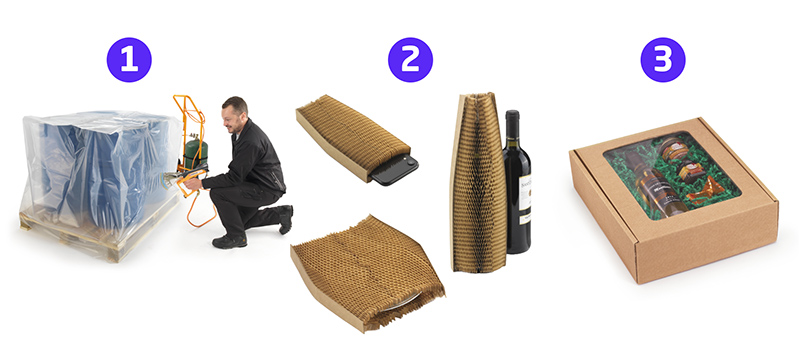
- Glue Thermal glue: you can glue different elements together using thermal glue. This is often the case for samples attached to brochures or leaflets.
- Blisters This is usually a combination of plastic and cardboard, and is used to package kits and small accessories into a coherent whole.
- Sealed bags Finally, you can also pack your products in the form of bags. Using a sealer, you can cut these bags to the size of the product and hermetically seal them. In no time at all, you have a solid package that not only packs your products, but also protects them from all kinds of external influences. Think moisture, water, dust or dirt.
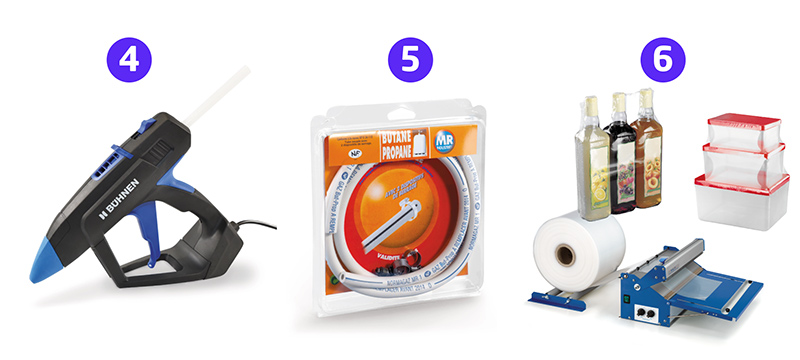
3. Practical tools for creating your own copacking
With the right tools and packaging, you can easily implement copacking in your company. You won’t have to worry about outsourcing the whole process. Better still, there are machines that can speed up and automate the handling process. You can use various RAJA solutions for this purpose. By using such a machine, you increase the quality of the packaging. What’s more, a machine never uses more packaging material than is strictly necessary. So you’ll need to buy less material. Choose one of the machines below.
Shrink gun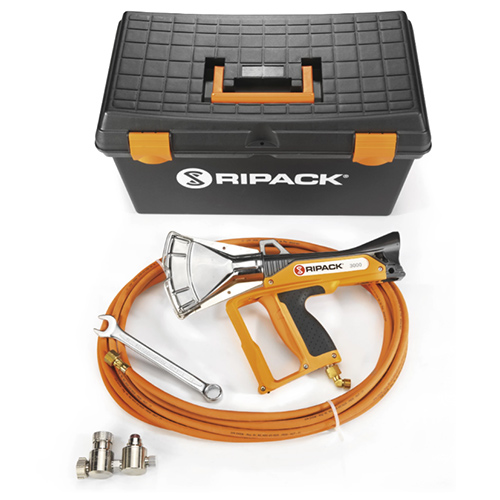 |
Banding machine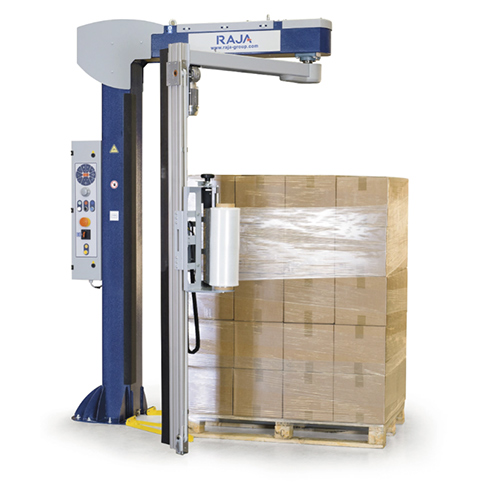 |
Strapping machine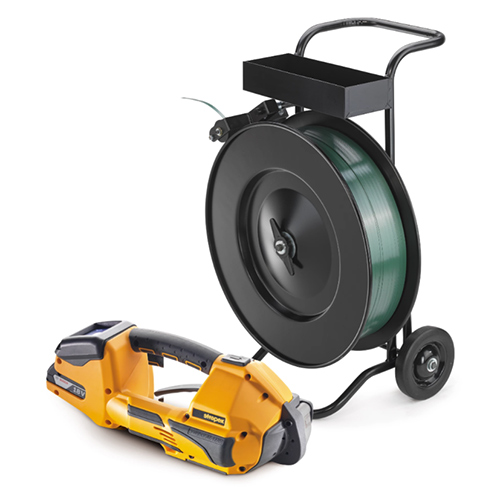 |
| – Can be combined with the following shrink films. – Suitable for both bulk products and palletised goods. |
– Can be combined with the following stretch films. – Suitable for goods stacked on pallets. |
– Can be combined with the following strapping. – Suitable for bundling bulk goods or securing heavy loads during transport. |
4. Tips for applying co-packing in your company
A first tip we’d like to share concerns the layout of your warehouse. It is advisable to store all the goods intended for co-packing in the same area of the warehouse. This reduces packing time and makes order picking easier. Secondly, you need to pay particular attention to communication between the logistics and marketing teams. Coordinate possible forms of copacking with the marketing team (when they have proposed a new promotion, for example). Another little marketing tip: use copacking to add a direct mail piece to the parcel. It’s the perfect opportunity to highlight an additional message or promotion.
Thirdly, it’s important to provide your staff with specific training. Bulk packaging presents particular challenges compared to traditional packaging tasks. Organise regular training sessions and support your staff so that they quickly master all the steps.
Ready to give copacking a try? RAJA will be happy to help you get started. As Europe’s largest packaging distributor, we have all the tools you need to offer the best solutions in any supply chain.











